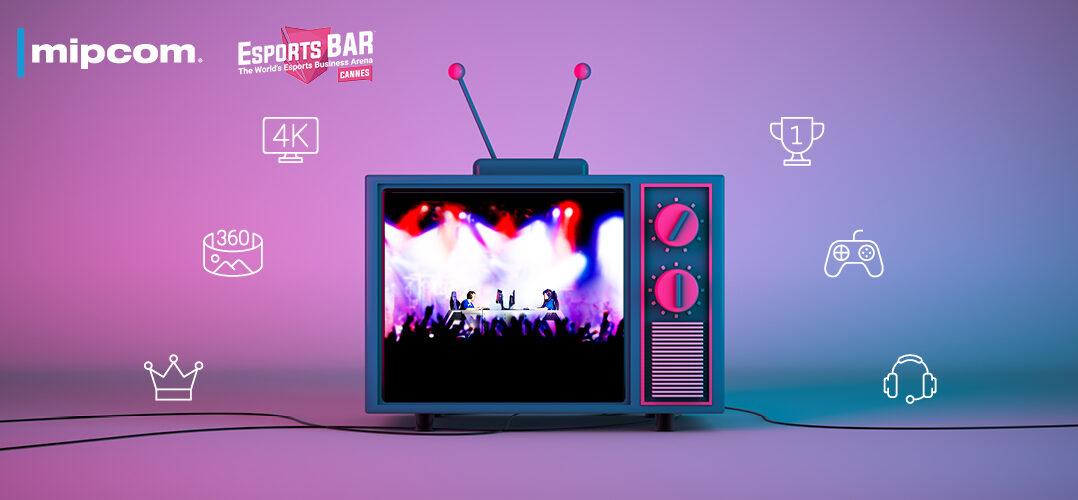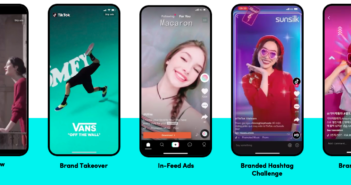TV & ESPORTS – Where the Future of Digital Entertainment Connects
MIPCOM & ESPORTS BAR have released a White Paper on esports ahead of the upcoming October market in Cannes. The report examines this new media phenomenon with a view to finding ways in which the television industry can get a piece of the action.
TV and Esports – A Dream Team?
The global esports audience stands at around 474 million, a number expected to pass half a billion next year and to reach 577 million by 2024, according to Newzoo. But that hasn’t translated yet into big money.
To put it in context: the videogames industry, which drives esports, was worth $174.9bn in 2020 and is expected to reach $217.9bn in 2023. In 2019, according to the IFPI, the global recorded-music market earned $20.1bn; Comscore had global box-office revenues at $42.5bn for the same year; while the streamers took $83bn.
Synergies and differences
By contrast, the much younger esports sector is forecast to generate $1.1bn in 2021 – low by comparison, but up 14.5% on 2020, which explains why investors and other areas of the media are keen to get involved.
Of course there is already a TV connection: the majority of esports viewing happens on streaming platforms, including Amazon-owned Twitch, YouTube Gaming, Facebook Gaming and Tencent-backed Huya and DouYu. But the big question is where else might there be synergy between these two media, both of which attract mass viewing on a massive scale.
To distinguish esports from gaming: with esports, large groups of fans watch professional gamers compete in videogame franchises, while gamers are sat at home playing alone or with friends.
So the synergy between gaming and TV is clear: take gaming IP and turn it into a TV series – Pokemon, Angry Birds. Simple. And, coming soon, League Of Legends.
With esports it’s not quite so simple, although the numbers suggest that whoever succeeds to establish a strong connection will make fortunes. It’s not quite so simple because to be truly authentic, esports competitions have to be live – and they are not finite. They last as long as they last and while there are precedents – tennis, cricket, golf for example – TV prefers a start and a finish.
And esports fans are digital natives and one of the characteristics of that generation is that it decides what and how it engages with media, not the other way around.
But Newzoo says the size of the live-streaming audience expected to watch gaming content, including professional esports events, will grow 10% to around 729 million in 2021 from 2020 – and that could grow to 920 million by 2024.
Millenials & Genz are the bosses
So the key may be in media rights – think SuperBowl. And creating and managing content. And acquisition too: if the right media company makes the right bid for the right esports company, that could be a dream teaming. There may also be a case for creating new esports events that are more TV – and ad-break – friendly. Again, think Superbowl.
But remember, don’t mess with millennials or gen-z or whatever other patronising labels we might want to put on anyone below the age of… 35, 30, whatever?
Call them digital natives, non-appointment viewers, or simply people. They will decide on the future of esports and TV.
- For an exploration of these and other esports-related issues, go to the MIPCOM & Esports BAR White Paper fill out the form on the right.
For more information about MIPCOM on 11-14 October 2021, click here.
For more information about Esports BAR Cannes on 13-15 October 2021, click here.




